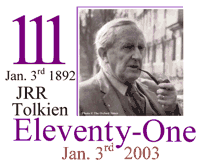|
The Ring and the Stone
From Many Dimensions, a novel "This Holy Thing has been kept in seclusion," Ibrahim answered, "through many centuries, and in all that time none of its keepers have approached or touched it. And since Giles Tumulty stole it men have grasped at it in their own wisdom. But this woman has put her will at its disposal, and between it and her the union may be achieved by which the other Hiddenness is made manifest." "What is the other Hiddenness?" Lord Arglay asked. The Hajji hesitated, then he turned his eyes back to Chloe and seemed to ask a question of her. What answer he saw on the forehead at which he gazed she could not guess, but he spoke then in a low and careful voice. "In the Crown of Suleiman the Wise-the Peace be upon him!-" he said, "there was a Stone, and this Stone was that which is the First Matter of Creation, holy and terrible. But on the hand of the King there was a Ring and in the Ring was another secret, more holy and terrible than the Stone. For within the Ring there was a point of that Light which is the Spirit of Creation, the Adornment of the Unity, the Knowledge of the Loveliness, the Divine Image in the mirror of the worlds just and true. This was the justice and the Wisdom of Suleiman, by which all souls were made manifest to him and all causes rightly determined. Also when within the Holy of Holies in the Temple that the King made he laid his crown upon the Ark and between the wings of the Cherubim, and held his hand over it, the Light of the Ring shone upon the Stone and all things had peace. But when the King erred, building altars to strange gods, he dared no longer let the Light fall upon the Stone; also he put aside the Ring and it is told that Asmodeus sat upon his throne seven years. But I think that perhaps the King himself had not all that time parted from his throne, how closely soever Asmodeus dwelt within his soul. And of the hiding place of the Ring I do not know, nor any of my house; if it is on earth it is very secret. But the Light of it is in the Stone and all the Types of the Stone-and the Power of it is in the soul and body of any who have sought the union with the Stone, so that whoever touches them in anger or hatred or evil desire is subjected to the Light and Power of the Adornment of the Unity. And this I think my nephew did, and this is the cause of his blasting and hurling out." He looked straight at Chloe. "But woe, woe, woe to you," he said, "if from this time forth for ever you forget that you gave your will to the Will of That which is behind the Stone." |
This post was suggested by a Friday the Thirteenth death.













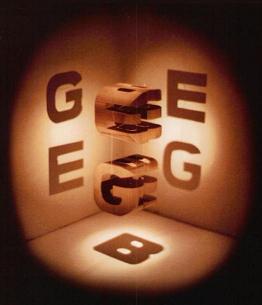



























 .
.








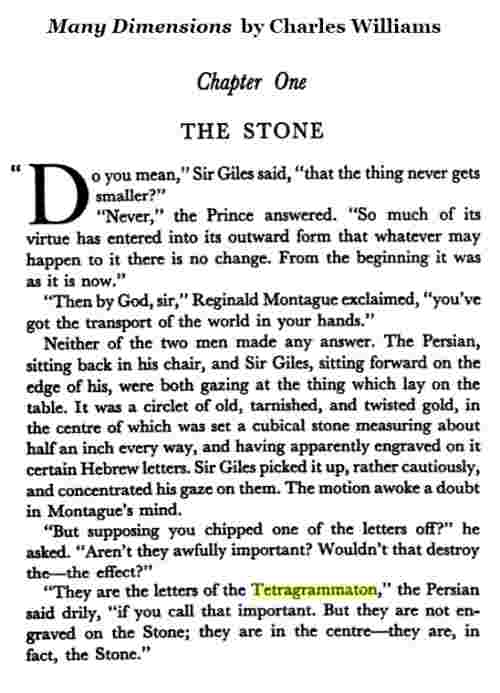
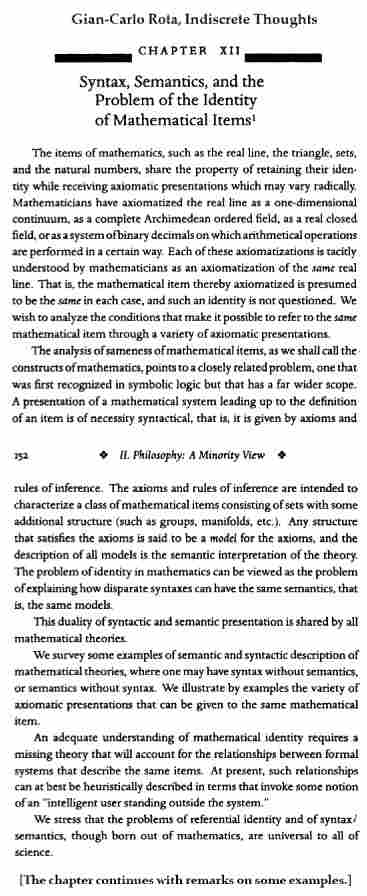














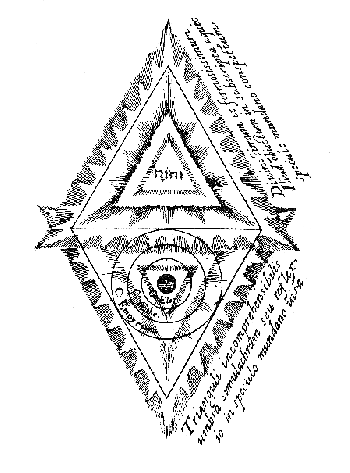
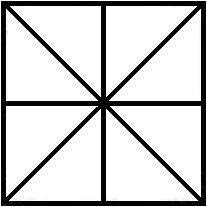


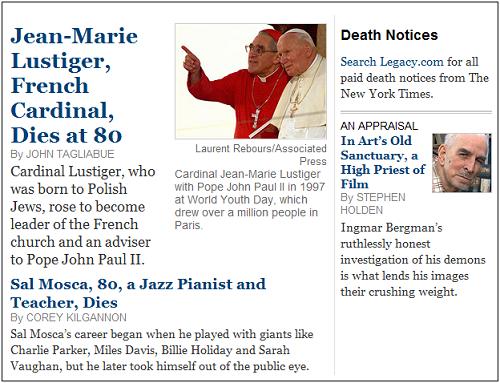












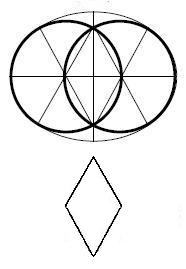













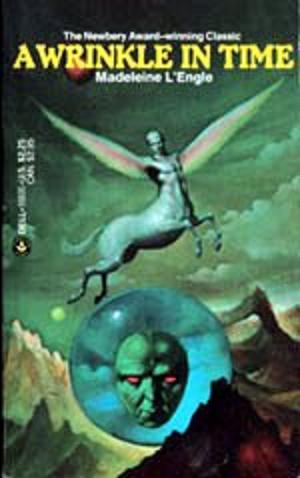







 or ‘circumincessio,’ is perhaps the deepest and darkest corner of the whole theological abyss.”
or ‘circumincessio,’ is perhaps the deepest and darkest corner of the whole theological abyss.” 



